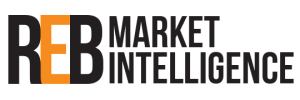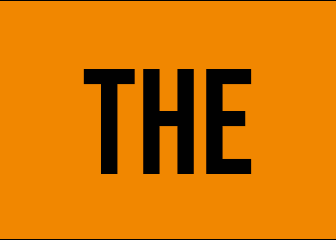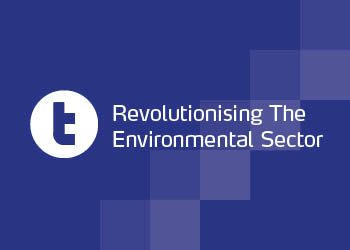Valpak’s head of procurement James Armitage gives his opinion on the PRN market
The Q4 data published last week gave the first indication of how 2023 has started. The main takeaways were the lowest carry-forward for a long time, with particularly low volumes for paper and aluminium but strong Q4 reprocessing driven by the high demand and PRN prices.
While the low carry-forward is significant, it is not unexpected across industry given how challenging the PRN market was in the latter half of 2022. Material prices have certainly reflected this poor start to the year, remaining relatively high across the board, although not at the peak levels experienced in 2022 and some are starting to reduce in price.
The upside to high PRN prices is that the number of accredited reprocessors is high at the beginning of the year, which should lead to strong reprocessing numbers for Q1 and restore some confidence in the market after strong Q4 2022 reprocessing volumes.
The other piece of the puzzle is the 2023 obligation and PRN demand. The expectation for 2023 is that the UK obligation will be lower than it was in 2022, due to a combination of stable targets and a drop in sales volume from producers in 2022 due to the cost-of-living crisis impacting consumer spending.
This will significantly reduce demand for PRNs and potentially reduce the cost of PRNs. However, waste arisings continue to be down, meaning there is less material available to generate PRNs. While the demand for PRNs is down, the low waste arisings has impacted market sentiment as it means lower supply, hence prices remaining relatively high through the first couple of months of 2023.
Plastic PRN prices remain high and volatile, trading for between about £250/t and £350/t so far this year and experiencing significant price fluctuations every week at the moment. It has stabilised a bit in the last few days between £295/t and £300/t. However if the last two months of trading highlights anything, it is that the plastic price could change very quickly. The volatility reflects how industry feels uncertain on how 2023 will progress. This could change with the publication of the Q1 figures in late April.
Paper prices have remained around £34/t throughout March and into April, down compared to the highs of £50-£60/t in 2022 but still a lot higher than a typical year. Demand for waste paper and cardboard remains low in Europe, although demand in South East Asia has picked up a little. Waste arisings seem to be particularly low for paper/cardboard, so is likely the PRN price support will be required to help encourage reprocessing over the next few weeks.
Wood has been fluctuating between £25/t and £30/t so far this year, although seems to have settled at £25/t. As with most years, it is highly likely that there will be a significant wood surplus to go towards the general recycling obligation. This will likely be required for 2023 if the year plays out in a similar fashion to 2022.
Both glass remelt and other had a relatively strong Q4, but still had reduced carry forward into 2023. It is likely that the glass obligation will drop off quite a lot in 2023 compared to 2022. However, with the expectation that supply will tighten after the introduction of the DRS in Scotland later in the year, there is still a lot of uncertainty and prices have remained relatively high so far this year and have crept up throughout Q1. Remelt prices have peaked around £135/t, and glass other prices around £130/t.
Aluminium PRN prices have risen from £150/t at the beginning of the year, to £175/t in the last couple of weeks. Steel on the other hand, has seen PRN prices drop from £50/t at the beginning of the year, down to £38/t now.













